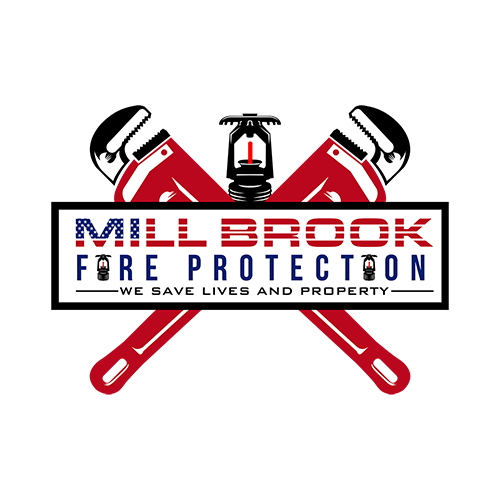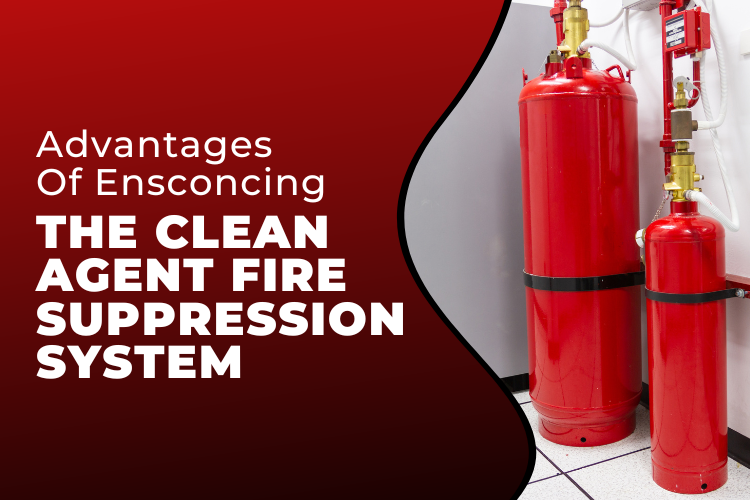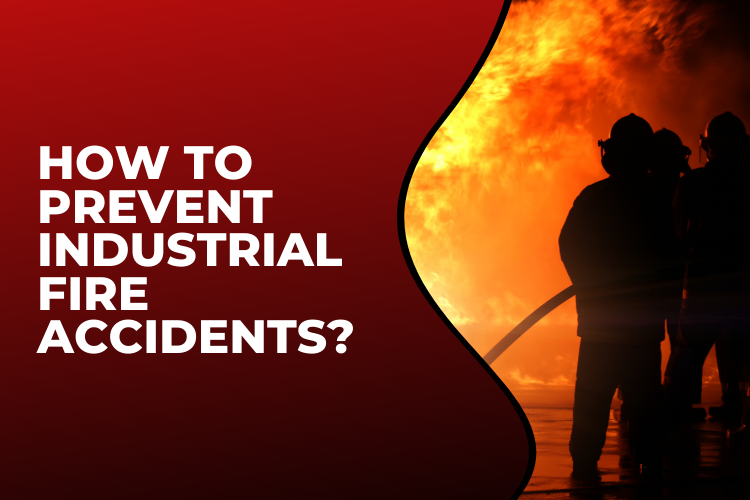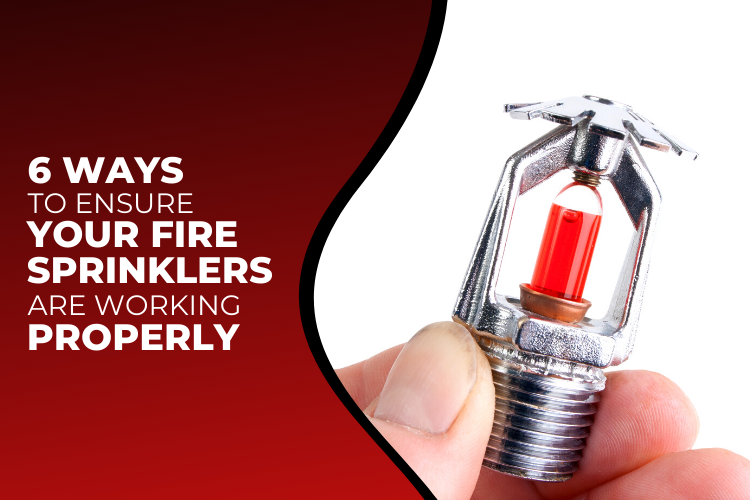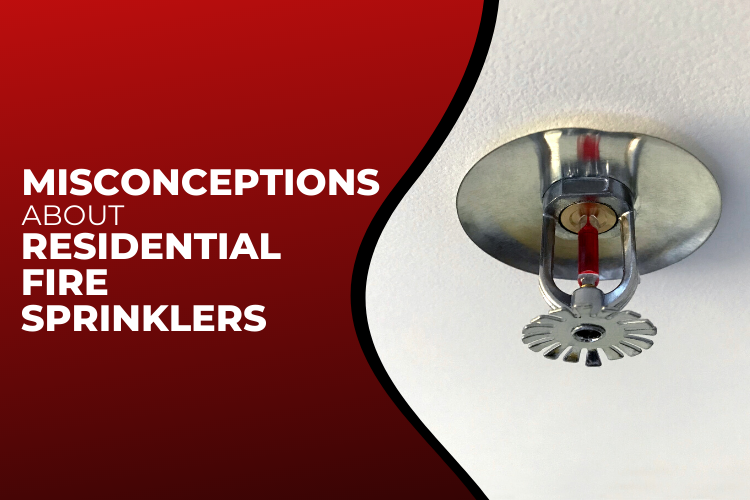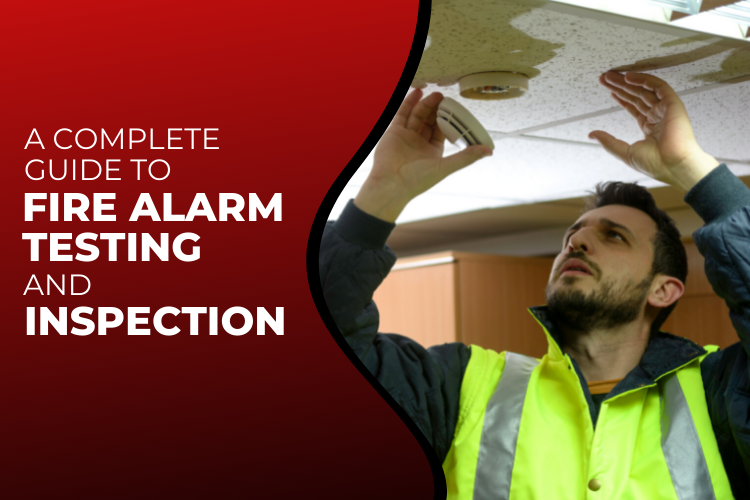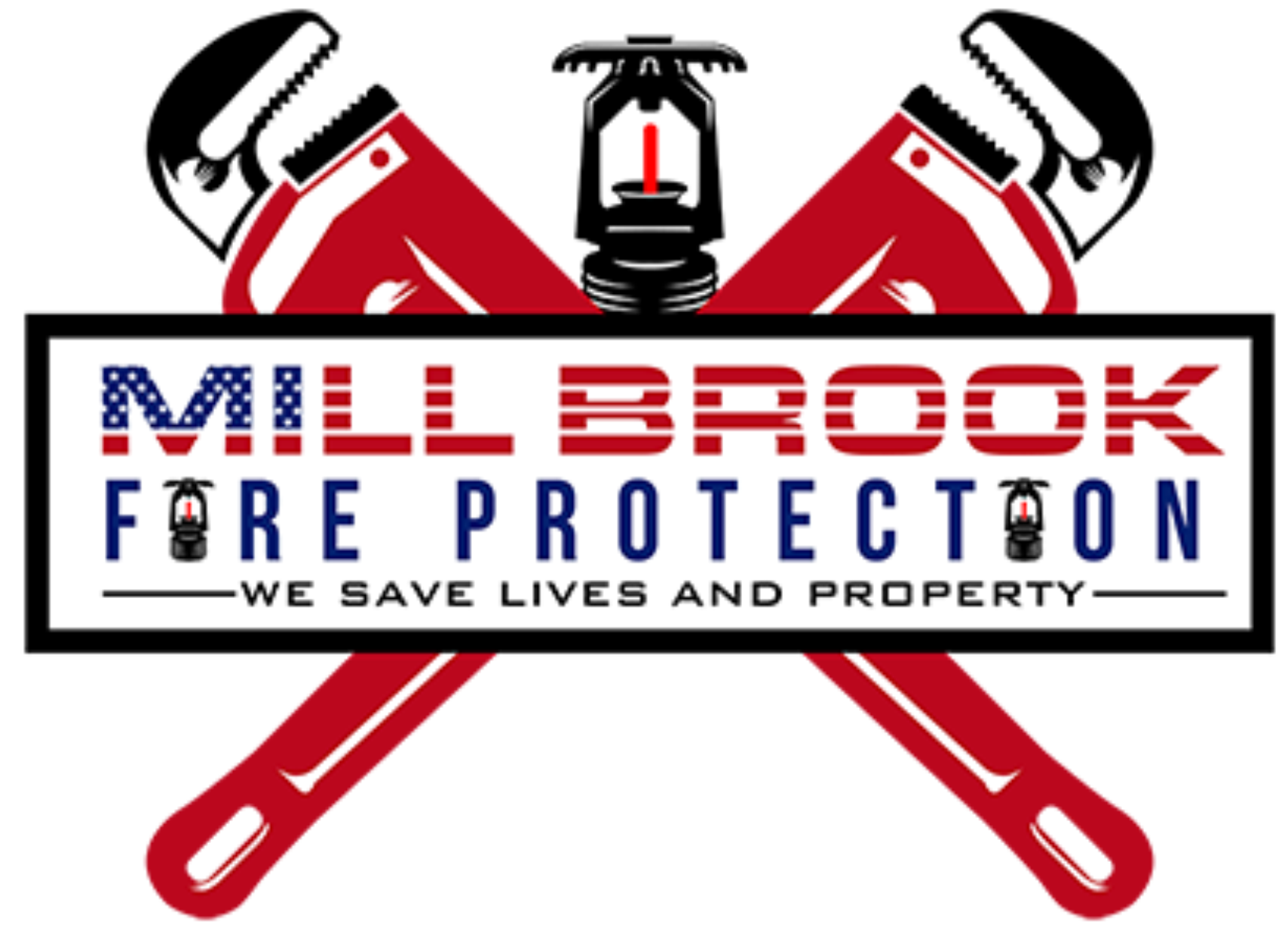
When are Sprinklers Required in NYC Office Buildings ?
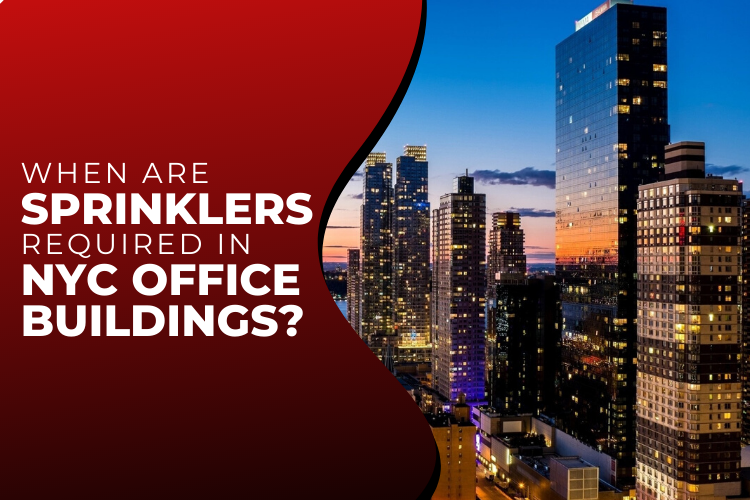
New York City is home to a lot of buildings that are decades old, and accordingly, a large number of them were not equipped with automatic sprinklers when originally constructed. There was no city code in the past requiring such framework retroactively. Many high-rise office buildings in the City have been made more secure in recent years in light of a necessity to introduce fire sprinkler framework.
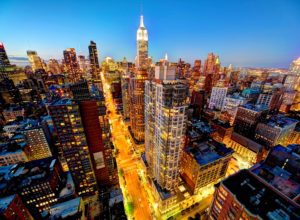 The installments are commanded by Local Law 26, which was passed in 2004, and came out of recommendations derived from a team of individuals that formed a task-force after September 11, 2001 due to the terror attacks, in order to survey safety and security benchmarks. Over 1,200 offices and buildings that are a minimum of 100 feet high and built before 1984, when sprinklers turned into a general requirement, have until July 1st of 2019 to finish the installment.
The installments are commanded by Local Law 26, which was passed in 2004, and came out of recommendations derived from a team of individuals that formed a task-force after September 11, 2001 due to the terror attacks, in order to survey safety and security benchmarks. Over 1,200 offices and buildings that are a minimum of 100 feet high and built before 1984, when sprinklers turned into a general requirement, have until July 1st of 2019 to finish the installment.
The task-force’s suggestions concentrated on four key regions:
- Basic quality
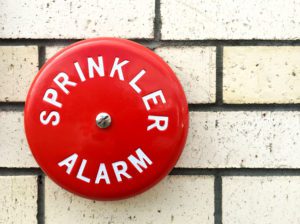
- Fire security measures
- Crisis departure
- Mechanical installments
Their recommendations were blended into NYC Codes through the Local Law 26 of 2004, after approval by Mayor Michael Bloomberg. A portion of the progressions were retroactive, requiring redesigns for key frameworks in existing structures.
Automatic Sprinkler System Requirements:
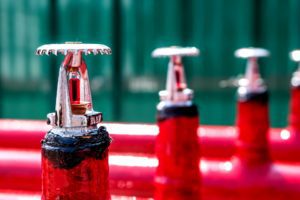 Concerning fire security, one of the fundamental changes was making automatic sprinkler systems necessary for all offices taller than 100 feet, and the measure was retroactive. Considering that an automatic sprinkler system can include significant expenses and lead times on account of large buildings, a cutoff time of 15 years was formulated: All structures were required to finish the installments and approval of their automatic sprinkler frameworks by July 1, 2019, presenting the last project report.
Concerning fire security, one of the fundamental changes was making automatic sprinkler systems necessary for all offices taller than 100 feet, and the measure was retroactive. Considering that an automatic sprinkler system can include significant expenses and lead times on account of large buildings, a cutoff time of 15 years was formulated: All structures were required to finish the installments and approval of their automatic sprinkler frameworks by July 1, 2019, presenting the last project report.
The requirement applies for offices, and some other structures identified under inhabitants group E (business) if their height surpasses 100 feet.
The role of standards in shaping local requirements:
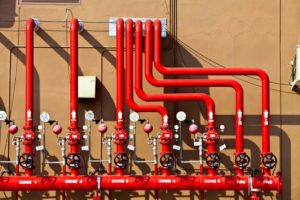 Model structure and fire codes today depend on specific variables, for example, what number of individuals are regularly on a premises, the height and size of the structure, and its motive. But not all single model code precisely agree on the specifics. In many cases, the requirement is a component of life safety, while others place attention on property protection as well as life safety. Different IBC requirements also rely upon size while calculating in occupant load and inhabitance type. Educational facilities and most Assembly occupancies, for example, will require sprinklers when the size surpasses 12,000 square feet or 300 people, whichever comes first. With restaurants and nightclubs, this threshold is 5,000 square feet or 100 occupants, respectively. Different sorts of spaces are driven exclusively by the size of the space, for example, Mercantile and numerous Storage occupancy(S-1), which both require sprinklers when they hit 12,000 square feet.
Model structure and fire codes today depend on specific variables, for example, what number of individuals are regularly on a premises, the height and size of the structure, and its motive. But not all single model code precisely agree on the specifics. In many cases, the requirement is a component of life safety, while others place attention on property protection as well as life safety. Different IBC requirements also rely upon size while calculating in occupant load and inhabitance type. Educational facilities and most Assembly occupancies, for example, will require sprinklers when the size surpasses 12,000 square feet or 300 people, whichever comes first. With restaurants and nightclubs, this threshold is 5,000 square feet or 100 occupants, respectively. Different sorts of spaces are driven exclusively by the size of the space, for example, Mercantile and numerous Storage occupancy(S-1), which both require sprinklers when they hit 12,000 square feet.
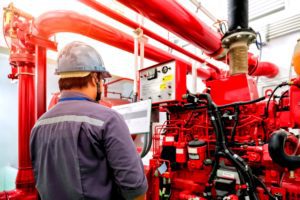 Once authorized by state and neighborhood governments in the U.S., these codes are regularly changed and revised, and however, code regularly orders fire sprinklers in new construction, existing buildings might be a different matter. Depending upon a structure’s age, size, and object, it’s all in or all out whether it has a fire sprinkler system and whether local law requires owners to retrofit that particular building.
Once authorized by state and neighborhood governments in the U.S., these codes are regularly changed and revised, and however, code regularly orders fire sprinklers in new construction, existing buildings might be a different matter. Depending upon a structure’s age, size, and object, it’s all in or all out whether it has a fire sprinkler system and whether local law requires owners to retrofit that particular building.
Building Conversions:
As of July 1, 2019, the deadline only applies for existing buildings that were already converted as occupancy group E before Local Law 26 was published. If a building from another occupancy bunch transformed into an office or some other gathering E occupancy, the installment of the automatic sprinkler system is required right away. In other words, the building isn’t approved for legal use under the new occupancy grouping, except if the automatic sprinkler system is installed and approved.
